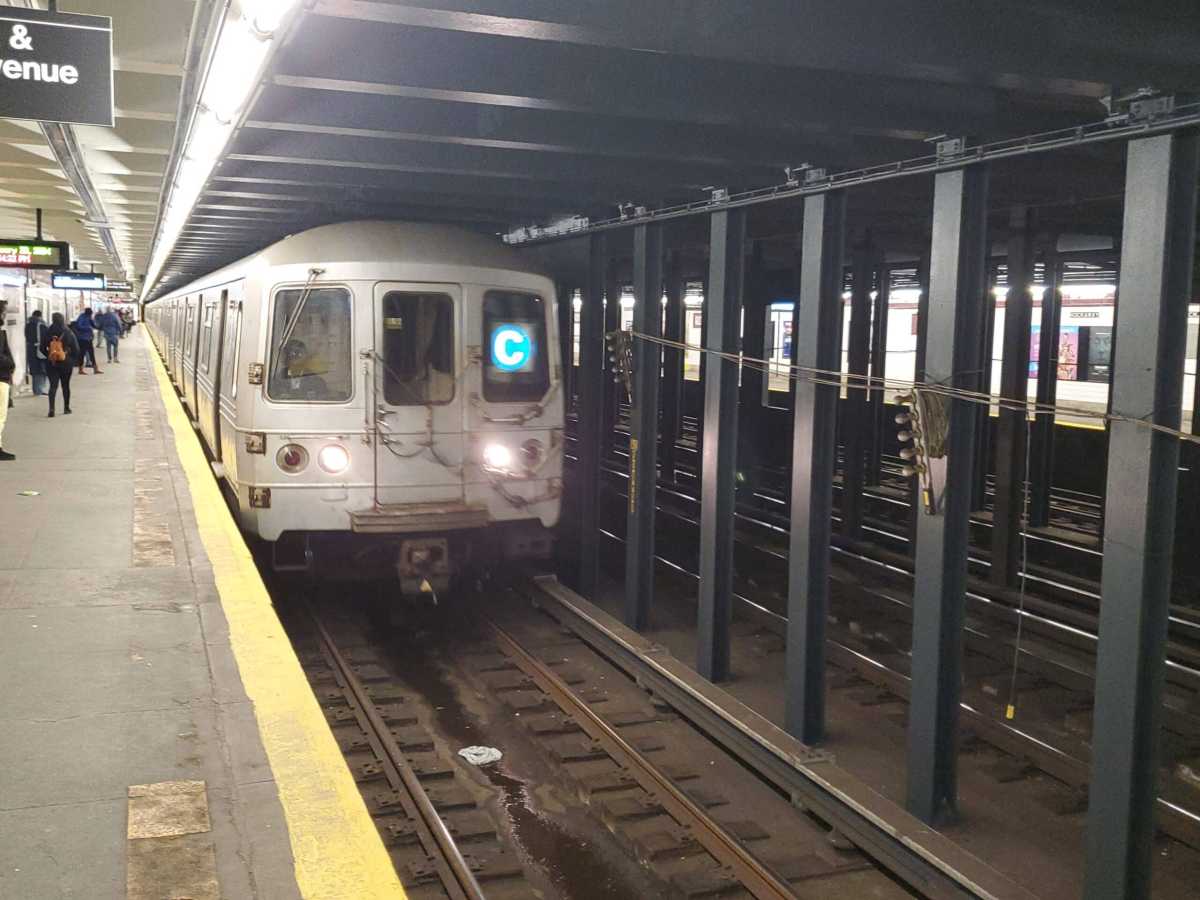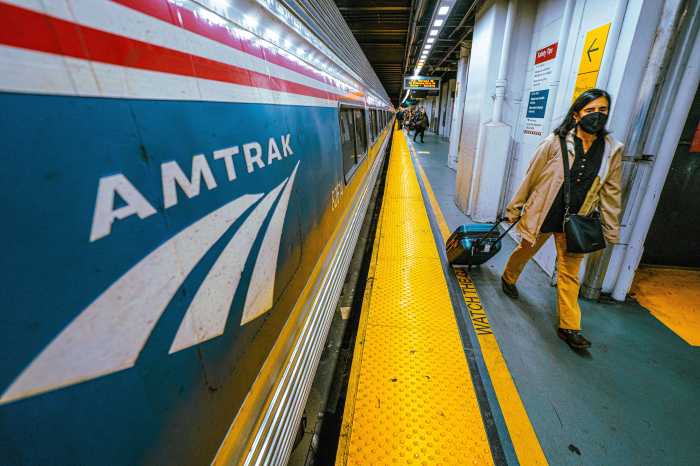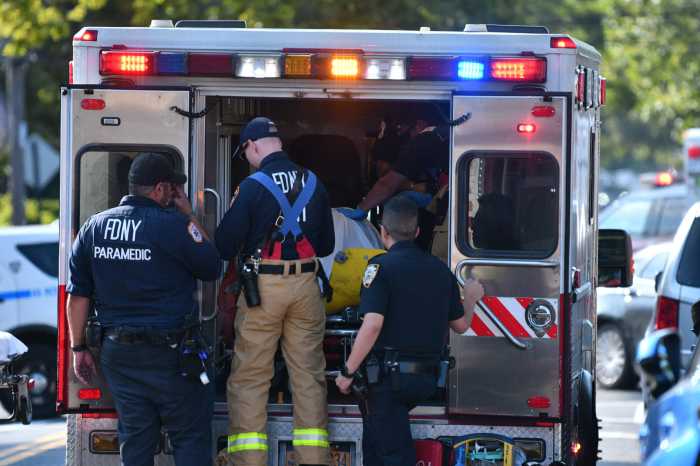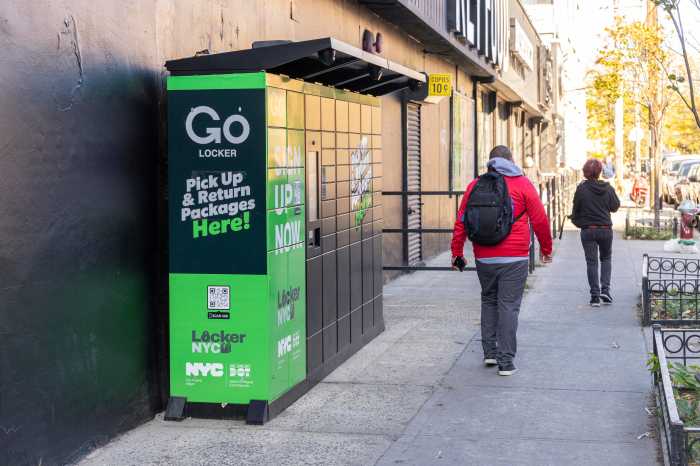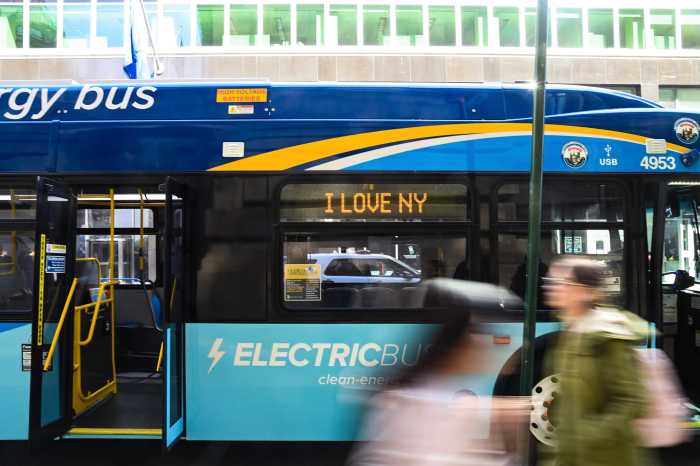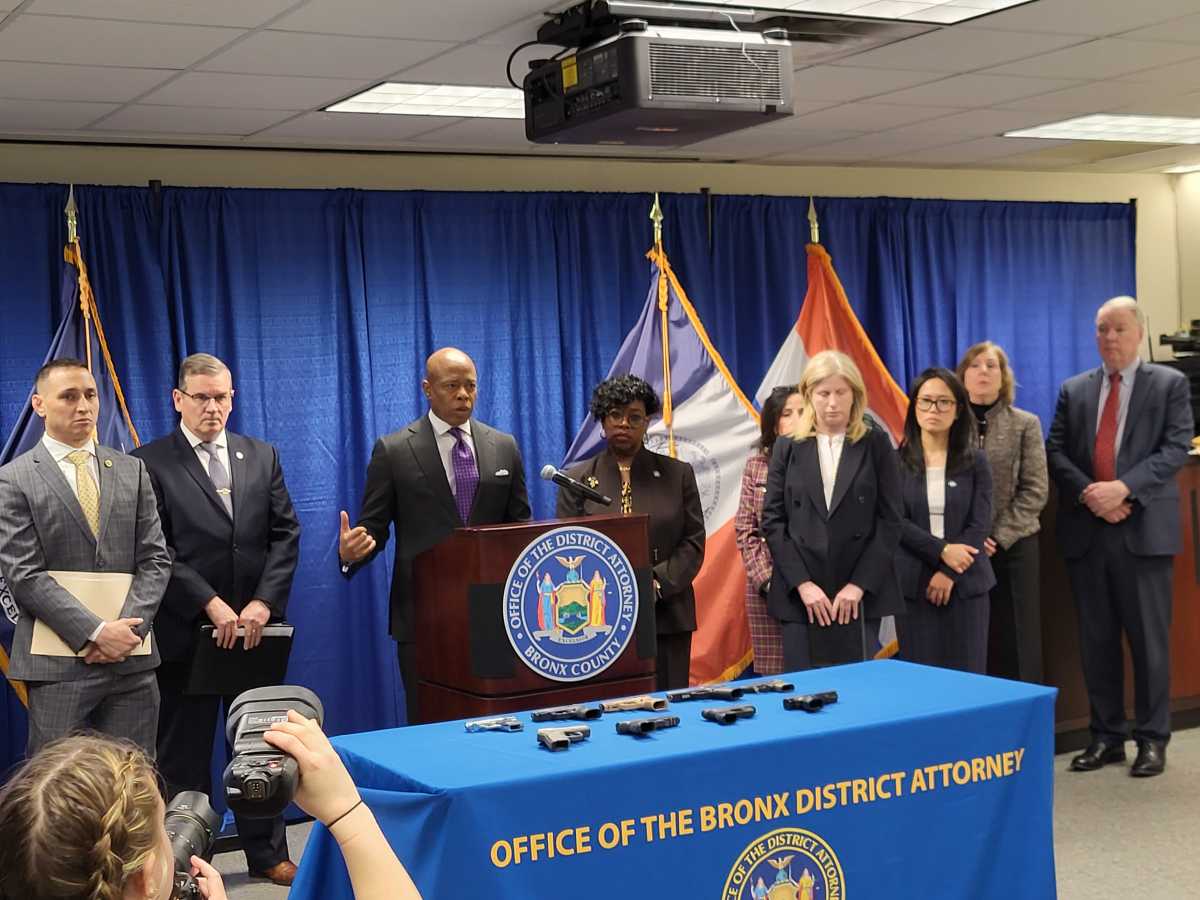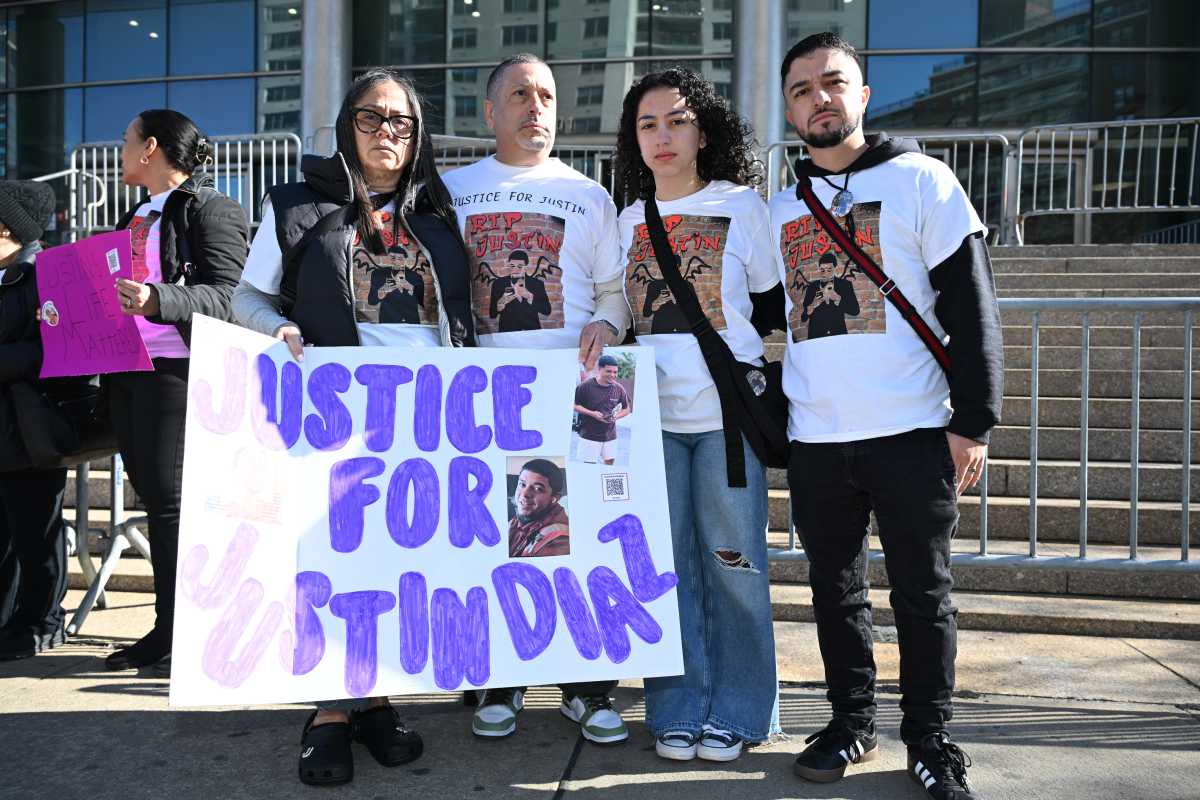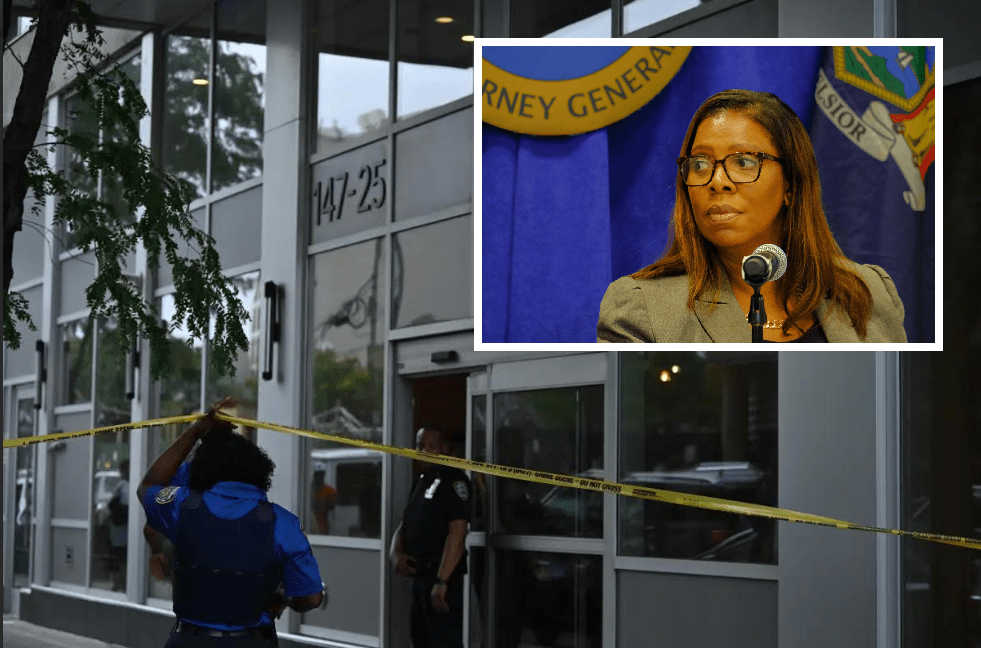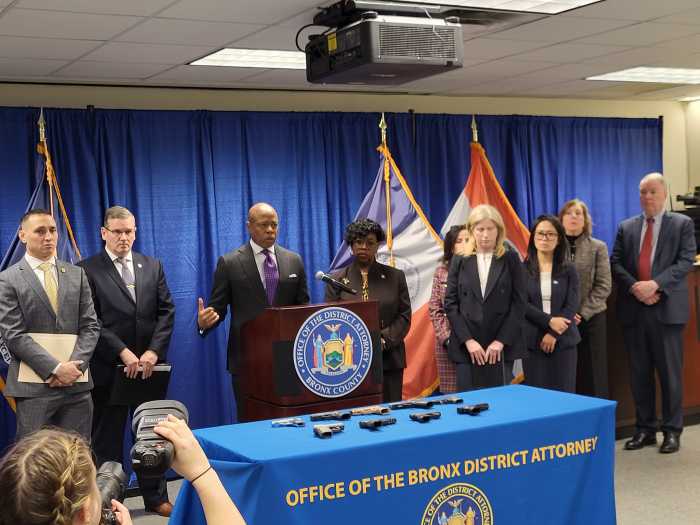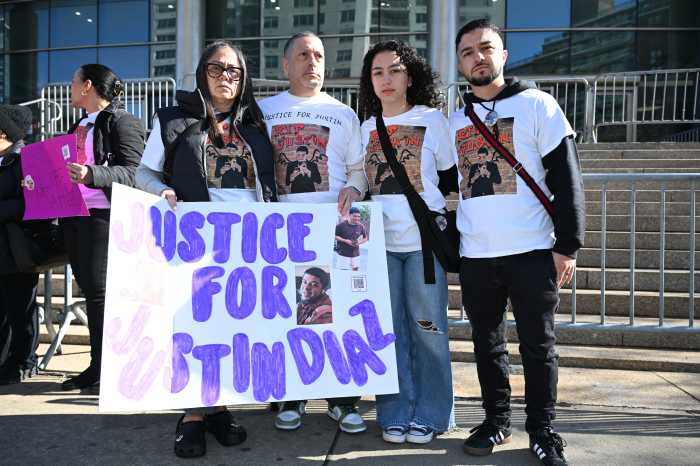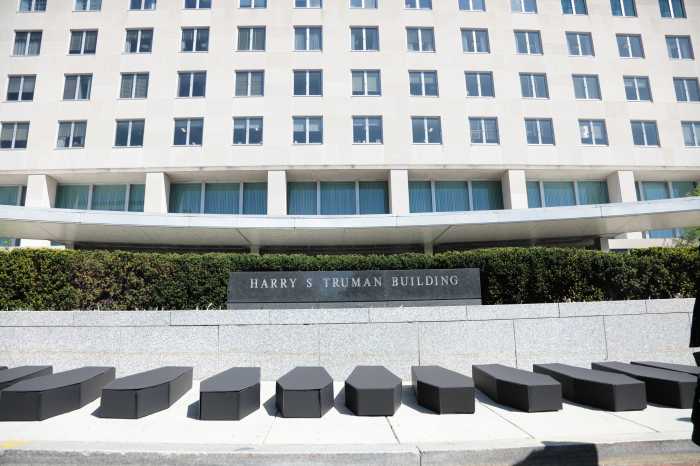MTA subway crews ground service to a halt on the A and C lines Thursday morning, snagging thousands of commuters as they sought assurances of their safety after one of their colleagues was slashed on the job overnight.
A and C trains departing their northern terminals, at 207th and 168th streets in Manhattan, were delayed for more than an hour during the morning rush on Feb. 29, according to MTA transit data. The MTA informed riders on its social media channels that the agency was “running as much service as we can with the train crews we have available.”
The snag came after a subway conductor was brutally slashed on the job at the Rockaway Avenue stop in Bedford-Stuyvesant, Brooklyn at about 3:40 a.m. Thursday, while in the cab of a southbound A train. Transport Workers Union Local 100 says the conductor, 59-year-old Alton Scott, was making observations out the cab window at Rockaway Avenue when an unknown assailant slashed him in the neck before disappearing into the night. The perpetrator has not been caught.
Scott, a 24-year veteran of MTA New York City Transit, was assisted by passengers on the train, including a doctor. He was taken to Brookdale Hospital in stable condition where he received 34 stitches for the gaping wound in his neck, which just barely missed his carotid artery; he was released from the hospital Thursday morning.
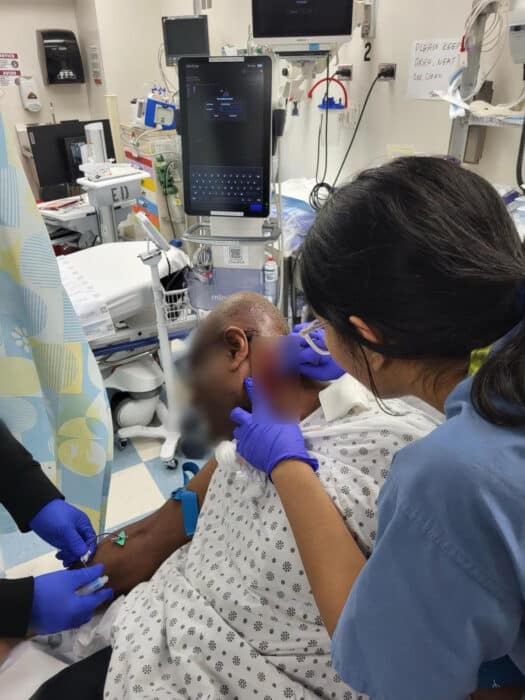
At a press conference outside Rockaway Avenue station on Thursday, TWU Local 100 President Richard Davis described the incident as “attempted murder,” noting this was the eighth major assault on a subway crew member just this year.
“We cannot do our jobs under these conditions. It’s not correct, it’s not right, it’s not ok,” said Davis. “When I saw the pictures this morning, my heart dropped. I felt tears in my eye automatically.”
Davis said the snag was not authorized by union leadership. Instead, he said, workers on the A and C line were exercising a provision of their contract allowing them to pause work until they are given assurances by management that they can do their job safely.
Subway crews — shaken by the assault on their colleague and the fact the perpetrator is on the loose — did not receive those assurances in a timely manner, Davis said, and thus did not take their trains out on schedule.
“We have a procedure that’s in our contract where our members can ask for assurances on safety before proceeding,” said Davis. “And they asked for that, and management has to be able to clear that for them to proceed. That’s the way the system works. The members are concerned about this criminal who committed a heinous act on our member today being on the loose, and they get hurt as well.”
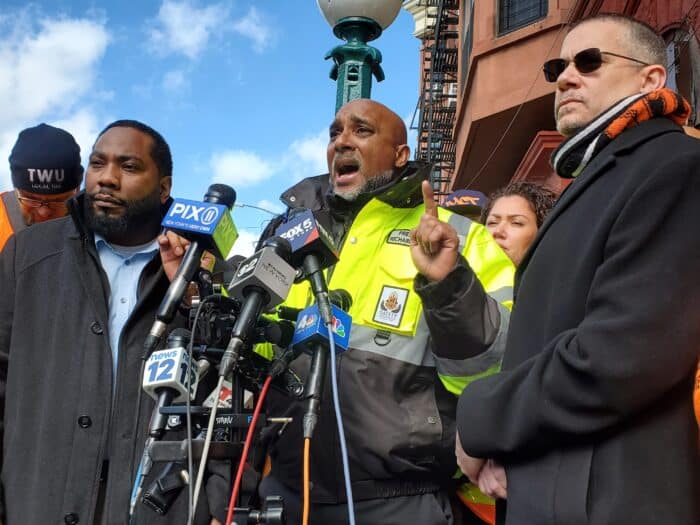
“It’s not a slowdown. We are allowed to initiate safety on behalf of our members,” Davis continued. “We are allowed to come to work safe and go home safe. We have policies and procedures as such.”
New York City Transit President Rich Davey, however, explicitly called the incident a work stoppage and called it “unacceptable,” noting that hundreds of thousands of riders’ commutes were disrupted at a press conference later Thursday afternoon. He also accused union leadership of directing the action themselves, rather than being an organic happening by disgruntled workers.
“The union leadership decided to put on some kind of work stoppage charade which impacted a couple hundred thousand New Yorkers’ commutes today,” said Davey. “They’ve assured me this kind of conduct will no longer occur.”
An irate Davey, in fact, asserted that train crews were attempting to move trains but were blocked by union officials “standing in the doors, preventing the trains from moving.”
Service was restored to normal on the A and C by mid-morning. Neither Local 100 nor the MTA immediately divulged what, if any, safety assurances were made to members to get them to start work, but a formal grievance process will follow.
The MTA’s senior vice president of subways, Demetrius Crichlow, described the assault on Scott as “disgusting” and “a cowardly act.” He called Scott a “dedicated employee,” and when he met him in the hospital, his first words to him were “I love my job, but I thought I was gonna die.”
“There’s no circumstance where an employee who’s just doing his job should have to deal with this,” said Crichlow. “We have to give our conductors, we have to give our employees, our station agents, we have to give them the confidence that we support them, and that we’re gonna keep them safe.”
The MTA is installing cameras on subway trains and platforms to catch crooks in the act; there were cameras active at Rockaway Avenue amid the assault, MTA brass said. Davey said later Thursday that the MTA will start installing cameras in conductors’ cabs, despite protests by the union.
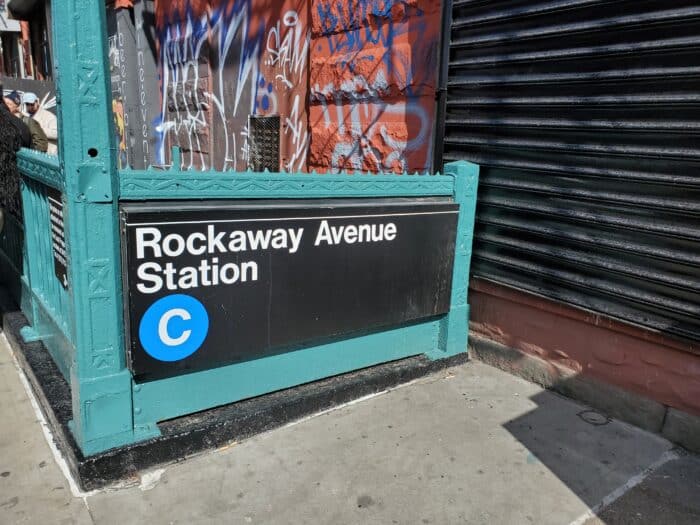
The authority is also piloting putting stanchions near the area where the conductor’s cab stops at the platform, in an attempt to keep people away from the cab, which Davis said Thursday was “not enough.”
Following three murders in the system in January and February, the NYPD has started deploying 1,000 additional cops per day to subway patrols. Davis said the MTA should go further: he called on Janno Lieber, the MTA chair, to redeploy members of the 1,000-member MTA Police, which mainly patrols Metro-North and the Long Island Rail Road, to the subway system, including directly in the conductor’s cab.
Asked for comment, Lieber said he has “every confidence in the NYPD.”
In a statement, John Samuelsen, the international president of TWU, said the attack on Scott was “a horrific example of the epic, decades-long failure by the MTA and Chairman Janno Lieber to protect transit workers.”
Labor actions by transit workers come with considerable risks. Strikes by public sector workers are illegal in New York State under the Taylor Law and can incur considerable fines. TWU Local 100’s last strike took place over three days in December 2005, completely halting subway and bus service across the Big Apple just days before Christmas.
The following year, the then-president of Local 100 Roger Toussaint was sentenced to 10 days in jail and the union was fined $2.5 million.
Davey said that MTA lawyers are looking into whether any violations of the Taylor Law took place on Thursday.



